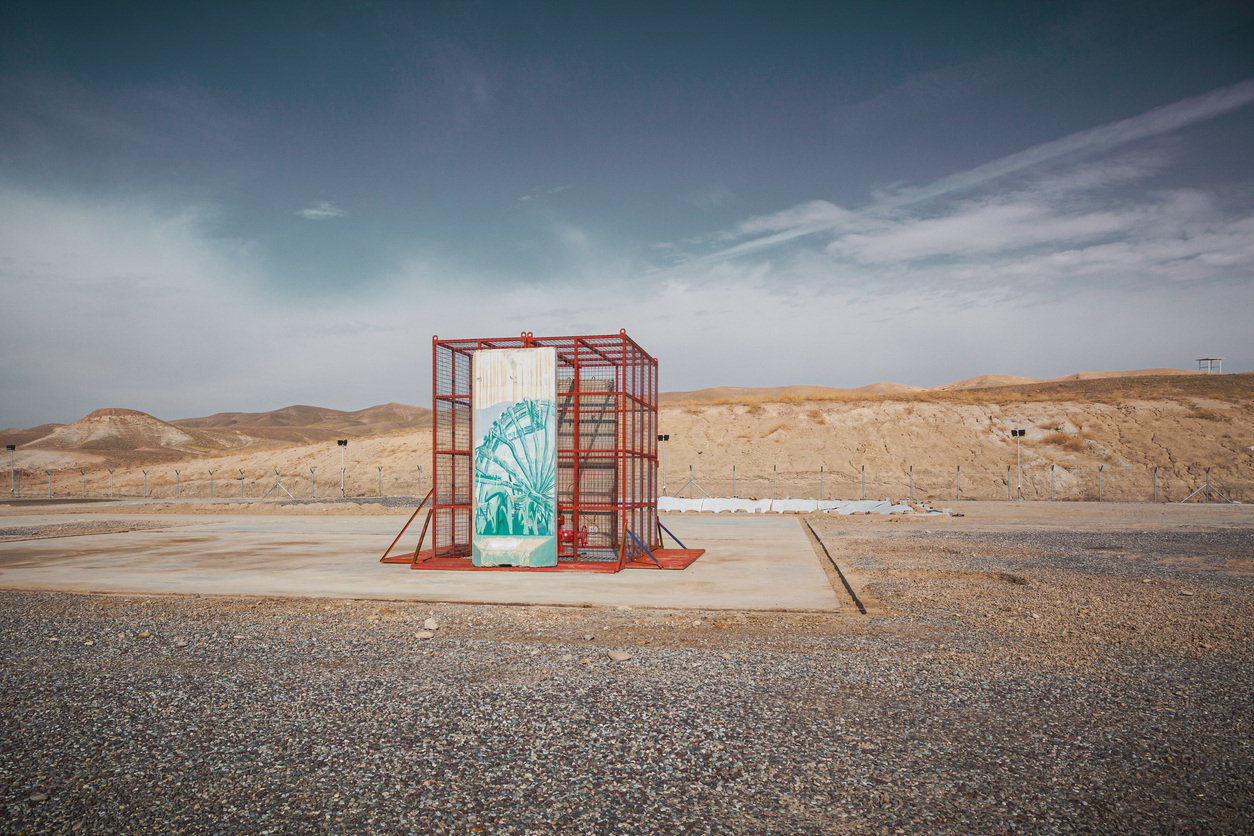
Section 1031 of the Internal Revenue Code allows you to sell investment real estate and put the proceeds into like-kind property that is of equal or greater value. Adherence to the IRS’ rules can mean deferring capital gains taxes and depreciation recapture.
“Like-kind” means the properties are similar in nature or character; you exchange one investment property for another investment property. Buildings and land can be investment properties. So can mineral rights, royalties, and leases.
As a result, depending on the state where the mineral rights are located, you could potentially use those rights as relinquished or replacement property when involved with a 1031 exchange if classified as real property under state law and IRS guidelines.
Mineral Rights, Royalties and Leases
Mineral Rights–Beneath the Surface
Mineral rights, sometimes known as “mineral estate,” means you have access to natural resources under a land’s surface. You have the right to investigate the presence of minerals, drill wells or mines, and sell or lease your mineral interests.
Mineral rights differ from surface rights, in which you can own land and its buildings. In some cases, you might own both surface and mineral rights. You might own the mineral rights in other cases, while another entity has surface rights.
Mineral Leases–Permitting Access to Resources
As a mineral rights owner, you can lease the right to extract and produce resources within a set period. As the lessor, you give the lessee permission to explore, extract, drill, and produce minerals from the property.
When the lease term ends, you regain the mineral rights.
Mineral Royalties–Production Revenue
Mineral royalties are less about tangible underground resources and more about the earned income generated from the holdings. Owning mineral royalties means you receive a share of revenue from the lessee of a mineral rights lease when the resources are produced or sold.
Your royalty payments are based on the percentage of the mineral rights you own and the amount of resources produced.
What to Know About Mineral Rights and Like-Kind Exchanges
Other issues concerning mineral rights and like-kind exchanges include the following.
Timing is important. The requirements for mineral rights exchanges are the same as those for real estate exchanges. You have 45 days from the sale of your relinquished property to find a replacement property and 180 days from the sale of your relinquished property to close on the replacement property.
Be aware of royalty interests. Royalties can be considered real property as part of a 1031 exchange if they are tied to perpetual mineral rights. However, if you sell your mineral rights and retain the royalty interests, those interest could lose their “real property” status. The IRS might view this process as a partial sale, leading to disqualification.
States matter. Some states classify mineral rights as personal rather than real property, making them ineligible for a like-kind exchange. Furthermore, mineral rights ownership, tax policies, and regulations can differ from state to state.
Which States Have Mineral Rights?
All states allow mineral rights to an extent. However, not all allow those rights for investment or trade purposes. Let’s look at the states that permit investment and trade of mineral rights.
Alaska. Alaska is known for its oil reserves. Most mineral rights in Alaska are state-owned, but private individuals can lease or stake claims on some deposits, including gold, zinc, lead, and copper.
Colorado. Coal basins and natural gas fields support Colorado’s mineral rights ownership. Research and extraction operations are in place for gold reserves and molybdenum, which is used to manufacture steel.
Louisiana. Louisiana’s oil rigs generate royalty interests and payments for companies and individuals. The state also has an abundance of salt and sulfur deposits. State-controlled waterways limit private ownership in some areas.
New Mexico. New Mexico’s mineral rights and royalties are connected to oil and natural gas production from the Permian Basin. In addition, the Land of Enchantment offers mines containing copper, potash, and uranium.
North Dakota. Thanks to the Bakken Formation, North Dakota is another oil-rich state with its fair share of mineral rights. Mineral rights also encompass lignite coal, another player in the state’s energy mix.
Oklahoma. The Sooner State supports mineral rights ownership, with those rights focused on oil and natural gas reserves throughout the state. Mineral deposits, including coal, gypsum, and limestone, also lend themselves to leases and royalties.
Pennsylvania. Known as the birthplace of the U.S. oil industry, Pennsylvania boasts the Marcellus Shale, a conduit for natural gas discovery and extraction. Furthermore, the Keystone State offers limestone and iron ore as part of its mineral rights landscape.
Texas. The Lone Star state is considered the leader in mineral rights ownership. Like its neighbor, New Mexico, Texas relies on the Permian Basin to discover and extract crude oil. Sulfur and salt, as a bypass of drilling, also add to the mineral content, as do coal and limestone.
West Virginia. The Appalachian Mountains provide residents with a plethora of mineral wealth. Mineral ownership and rights are tied to coal, natural gas, salt, and limestone resources.
Wyoming. Coal from the Powder River Basin is the dominant mineral in the Equality State. Despite the declining demand for this resource, Wyoming compensates with mineral rights in natural gas, trona, uranium, and bentonite.
The Takeaway
Mineral rights, royalties, and leases can be useful in a 1031 exchange. This type of real property can provide portfolio diversification, potential income increases, and property appreciation.
However, 1031 exchanges are complicated. Adding mineral rights to the equation can generate greater complexity. Be sure to obtain guidance and advice from a professional who understands mineral wealth and can help you exchange into or out of this real property type.
Realized 1031 experts can also help in this area. The professionals excel in assisting clients in building and maintaining tax-advantaged real estate portfolios to meet financial goals. To learn more, visit realized1031.com.
The tax and estate planning information offered by the advisor is general in nature. It is provided for informational purposes only and should not be construed as legal or tax advice. Always consult an attorney or tax professional regarding your specific legal or tax situation.



